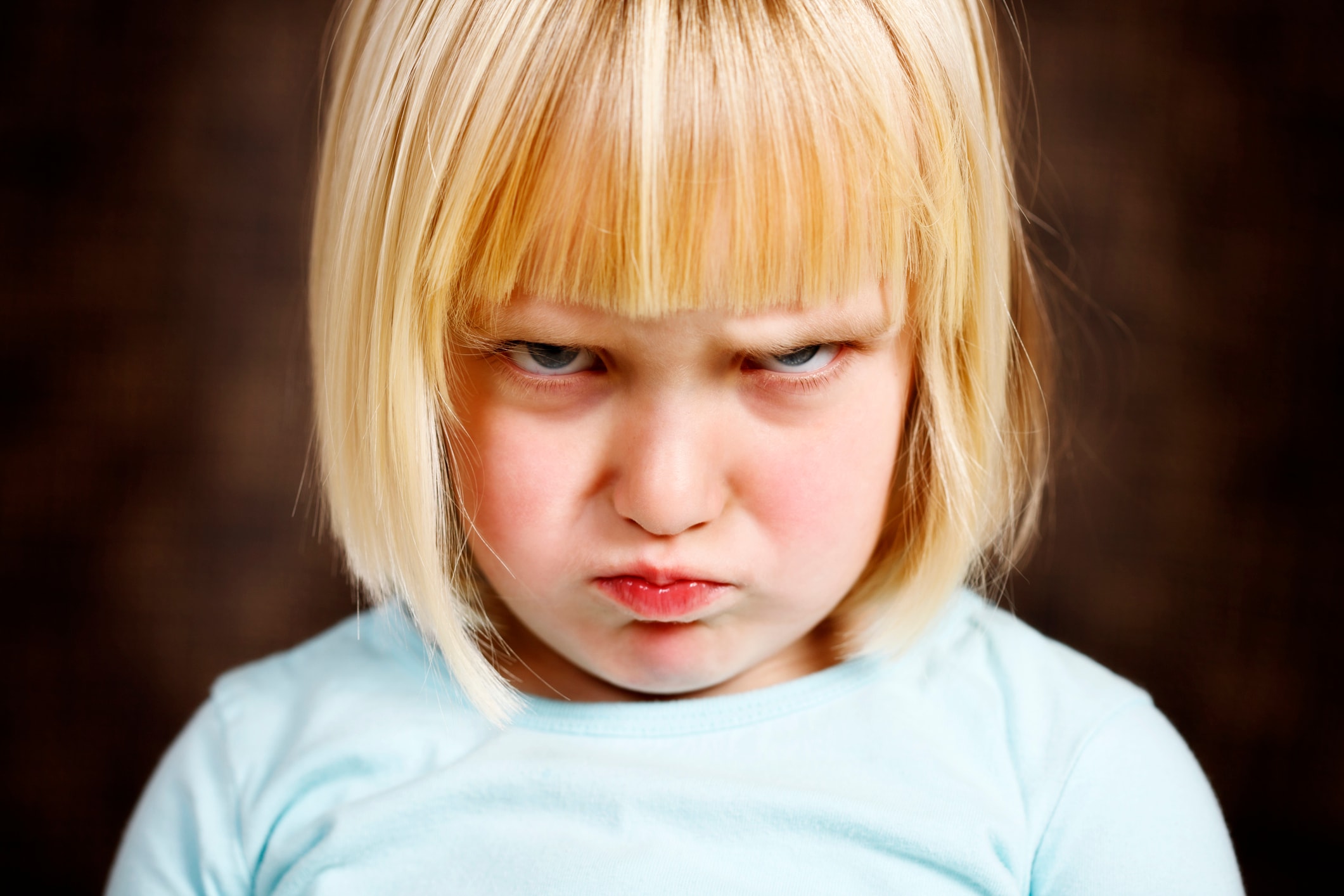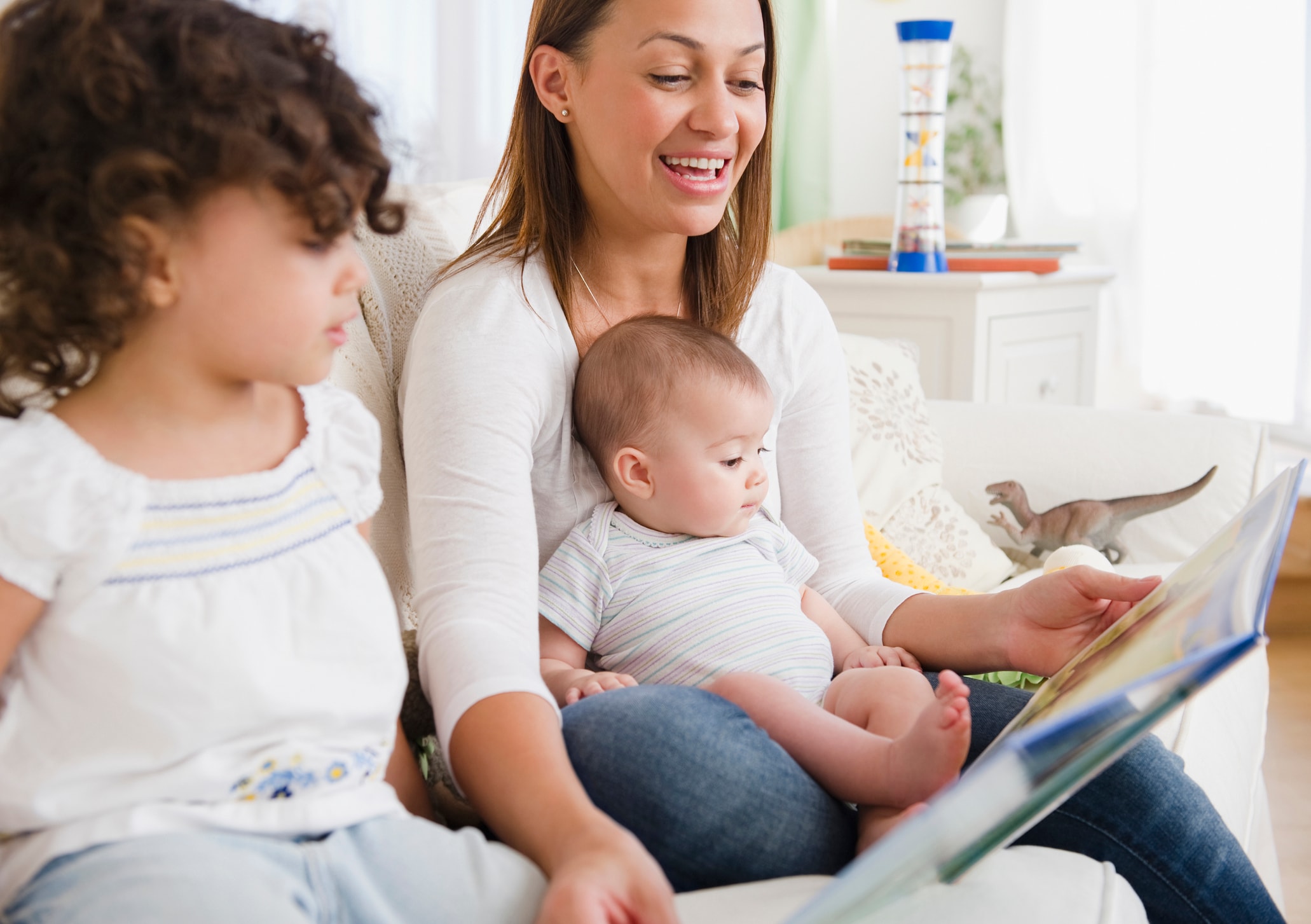As a journalist, I’ve written articles about bullying. I’ve informed parents about how to look for signs that their child might be either a bully or the victim; how to deal with teachers and administrators if there is a problem at school; and other aspects of this hot-button topic. So I thought I knew what to look for when I sent my son to school. But there were two issues that caught me by complete surprise.
The first, was that every victim has different reactions to their bullying. And my son’s, may have traumatized him even more.
My son was victim of a cluster of bullies when he was in 5th grade. He was what researchers call an “aggressive victim.” Priscilla Coleman and Carolyn Byrd described this as a victim whose “inclined to overreact to emotion-provoking situations, exhibit poorly controlled anger and irritability, and often engage in externalizing behaviors including restlessness and infliction of harm on others.”
This was a good description of my son at that time: he would scream and hit and even pummel others when provoked. Much of this stemmed from debilitating anxiety, which resulted in our pulling him from the school, mid-way through the year. Eventually, we also engaged the services of a behaviorist, and found a special education classroom that was tailored to his needs. The bullying never returned. He’s now a mainstreamed high school sophomore with lots of friends.
Certain kids are likely to be bullies — and can be stopped ahead of time. I later learned that the kids who bullied my son came from troubled homes. One boy’s mother had disappeared from his life. Another had a father who denigrated him in front of others. This is common in bullies. The same goes for “permissive households.” The Scientific Americanpublished the study finding that having either mean or permissive parents can result in a lack of respect for rules and the rights of others.
Another common trait? Elizabeth Englander, director of the Massachusetts Aggression Reduction Center at Bridgewater State University in Massachusetts, says teachers should be on the lookout for “gateway behaviors,” like eye-rolling or snickering. Though these shrugged off as rude, they can lead to much worse, she wrote.
> Permissive Parenting – are you raising a brat?
Psychologist Dan Olweus, whose anti-bullying curriculum has been successfully implemented in schools across Europe and the United States, calls for a more preventative, comprehensive approach. Olweus recommends school wide monitoring (at the cafeteria, on the playground) of all students by adults on staff who have been trained in proper observation, and clear, concise classroom rules that all the students agree to follow at the outset of the school year. A couple of other key components of Olweus’ strategy: the onus for solving a bullying issue at school lies with the adults at that school, not the parents or the children; and bullying prevention is a program that targets all children, all year long, rather than a temporary fix aimed at a select group of troublesome kids.
In retrospect, I wish I’d been more concerned earlier, and made a bigger fuss right from the start. Yes, the teachers and the principal assured me they were working on the problem, but had I done my research, I would have known to push them to do more, like moving kids to different classrooms much earlier in the year.
What has worked for you? How have you helped your kid move on from a bullying situation?





